| Important results
Publication (UPOL, TUL): Activation process of air stable nanoscale zero-valent iron particles
Abstract Nanoscale Zero Valent Iron (nZVI) represents a promising material for subsurface water remediation technology. However, dry, bare nZVI particles are highly reactive, being pyrophoric when they are in contact with air. The current trends of nZVI manufacturing lead to the surface passivation of dry nZVI particles with a thin oxide layer, which entails a decrease in their reactivity. In this work an activation procedure to recover the reactivity of air-stable nZVI particles is presented. The method consists of exposing nZVI to water for 36 h just before the reaction with the pollutants. To assess the increase in nZVI reactivity based on the activation procedure, three types of nZVI particles with different oxide shell thicknesses have been tested for Cr(VI) removal. The two types of air-stable nZVI particles with an oxide shell thickness of around 3.4 and 6.5 nm increased their reactivity by a factor of 4.7 and 3.4 after activation, respectively. However, the pyrophoric nZVI particles displayed no significant improvement in reactivity. The improvement in reactivity is related mainly to the degradation of the oxide shell, which enhances electron transfer and leads secondarily to an increase in the specific surface area of the nZVI after the activation process. In order to validate the activation process, additional tests with selected chlorinated compounds demonstrated an increase in the degradation rate by activated nZVI particles. (C) 2017 Elsevier B.V. All rights reserved.
Ribas D., Cernik M., Benito J. A.:”Activation process of air stable nanoscale zero-valent iron particles”, CHEMICAL ENGINEERING JOURNAL Volume: 320 Pages: 290-299 Published: JUL 15 2017 WP4 IF: 6,216


